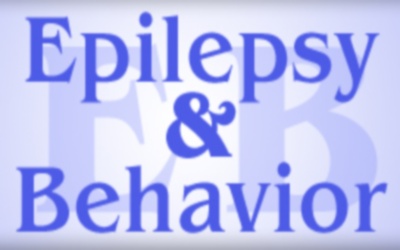
“Cannabis or marijuana, a popular recreational drug, alters sensory perception and exerts a range of potential medicinal benefits.
The present study demonstrates that the endogenous cannabinoid receptor agonists, 2-arachidonoylglycerol (2-AG) and anandamide (AEA) activate a canonical cannabinoid receptor in C. elegans and also modulate monoaminergic signaling at multiple levels.
2-AG or AEA inhibit nociception and feeding through a pathway requiring the cannabinoid-like receptor, NPR-19. 2-AG or AEA activate NPR-19 directly and cannabinoid-dependent inhibition can be rescued in npr-19 null animals by the expression of a human cannabinoid receptor, CB1, highlighting the orthology of the receptors.
Cannabinoids also modulate nociception and locomotion through an NPR-19-independent pathway requiring an α2A-adrenergic-like octopamine receptor, OCTR-1, and a 5-HT1A-like receptor, SER-4, that involves a complex interaction among cannabinoid, octopaminergic and serotonergic signaling. 2-AG activates OCTR-1 directly. In contrast, 2-AG does not activate SER-4 directly, but appears to enhance SER-4-dependent serotonergic signaling by increasing endogenous 5-HT.
This study defines a conserved cannabinoid signaling system in C. elegans, demonstrates the cannabinoid-dependent activation of monoaminergic signaling and highlights the advantages of studying cannabinoid signaling in a genetically-tractable whole animal model.
SIGNIFICANCE STATEMENTCannabis sativa causes euphoria and exerts a wide range of medicinal benefits. For years, cannabinoids have been studied at the cellular level using tissue explants with conflicting results. To better understand cannabinoid signaling, we have used the C. elegans model to examine the effects of cannabinoids on behavior. The present study demonstrates that mammalian cannabinoid receptor ligands activate a conserved cannabinoid signaling system in C. elegans and also modulate monoaminergic signaling, potentially impacting an array of disorders, including anxiety and depression. This study highlights the potential role of cannabinoids in modulating monoaminergic signaling, and the advantages of studying cannabinoid signaling in a genetically-tractable, whole-animal model.”
https://www.ncbi.nlm.nih.gov/pubmed/28188220










